No products in the cart.
WordPress Menu Customization Plugins Exposed: The Secret Behind 35% Higher Engagement
Your website’s navigation bar serves as the digital roadmap for every visitor who lands on your site. Yet, millions of WordPress websites struggle with clunky, outdated menus that frustrate users and hurt conversions. While WordPress provides basic menu functionality, these default options fall short of modern website navigation requirements. This comprehensive guide will explore the best WordPress menu customization plugins available in 2024, helping you transform your site navigation from a liability into a powerful user engagement tool that drives results.
I. Why WordPress Default Menus Fall Short
1. Core Limitations Of Native WordPress Navigation
WordPress’s built-in menu system, while functional, presents significant limitations for modern websites. The default navigation system lacks essential features that today’s users expect. Mobile responsiveness remains inconsistent across different themes, often resulting in broken layouts on smartphones and tablets. Visual customization options are severely restricted, limiting your ability to match your brand’s aesthetic or create engaging user interfaces.
The native system also lacks multimedia support, preventing you to incorporate icons, images, or rich content within your navigation structure. These limitations become particularly problematic when managing complex site architecture or attempting to create intuitive menu design that guides users effectively through your content.
2. Modern Website Navigation Requirements

Modern Website Navigation Requirements
Today’s website visitors expect seamless, mobile-friendly menu plugin experiences that work flawlessly across all devices. User experience standards have evolved dramatically, requiring navigation systems that support touch navigation, responsive design patterns, and cross-browser compatibility. Professional website navigation must also support conversion rate optimization strategies, helping guide users toward desired actions while maintaining website usability standards.
Brand consistency becomes crucial as businesses seek to differentiate themselves through unique navigation experiences. Modern navigation design must also support accessibility requirements, ensuring all users can navigate your site effectively regardless of their abilities or the devices they use.
II. Understanding WordPress Menu Plugin Categories
1. Free Vs Premium Plugin Ecosystem
The WordPress menu plugin ecosystem offers solutions ranging from completely free options to premium plugins with advanced functionality. Free WordPress menu customization typically provides basic responsive features and limited styling options, making them suitable for simple blogs or small business websites with straightforward navigation needs.
Premium WordPress navigation plugins offer comprehensive feature sets including drag and drop WordPress menu builder functionality, unlimited customization options, and advanced integration capabilities with page builders like Elementor. These solutions typically range from $15-30 for lifetime licenses, providing excellent value for businesses requiring professional-grade navigation systems.
2. Plugin Types By Functionality
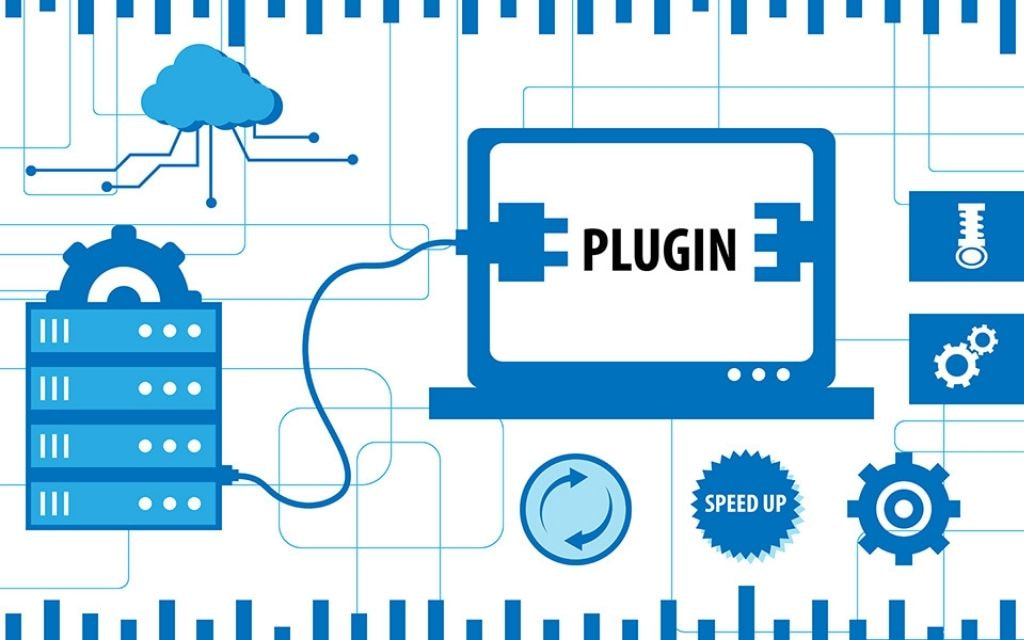
Plugin Types by Functionality
WordPress menu plugins generally fall into several categories based on their primary functionality. WordPress mega menu plugin solutions focus on creating large, content-rich dropdown menus that can display multiple columns of links, images, and widgets. These plugins excel at showcasing complex site structures and improving website navigation optimization.
WordPress mobile-friendly menu plugin for small business applications prioritize responsive design and touch-friendly interfaces. These solutions often include hamburger menu plugin responsive design features and off-canvas menu capabilities that work seamlessly on mobile devices while maintaining desktop functionality.
III. Top Free WordPress Menu Customization Plugins
1. Max Mega Menu – The Free Powerhouse
Max Mega Menu stands out among free solutions by offering WordPress mega menu plugin with visual editor capabilities without requiring payment. This plugin integrates directly with WordPress’s native menu system, allowing you to enhance existing menus rather than replacing them entirely. The free version provides essential mega menu functionality, responsive design support, and basic styling options.
The plugin’s strength lies in its intuitive interface and reliable performance. Users can create multi-column dropdowns, add custom CSS styling, and ensure mobile responsiveness without technical expertise. However, advanced features like premium themes, custom icons, and priority support require upgrading to the paid version.
2. WP Mega Menu – Community Favorite
WP Mega Menu has gained popularity due to its drag-and-drop functionality and extensive customization options. This WordPress menu builder allows users to create complex navigation structures using a visual interface, making it accessible to non-technical users while providing enough flexibility for developers.
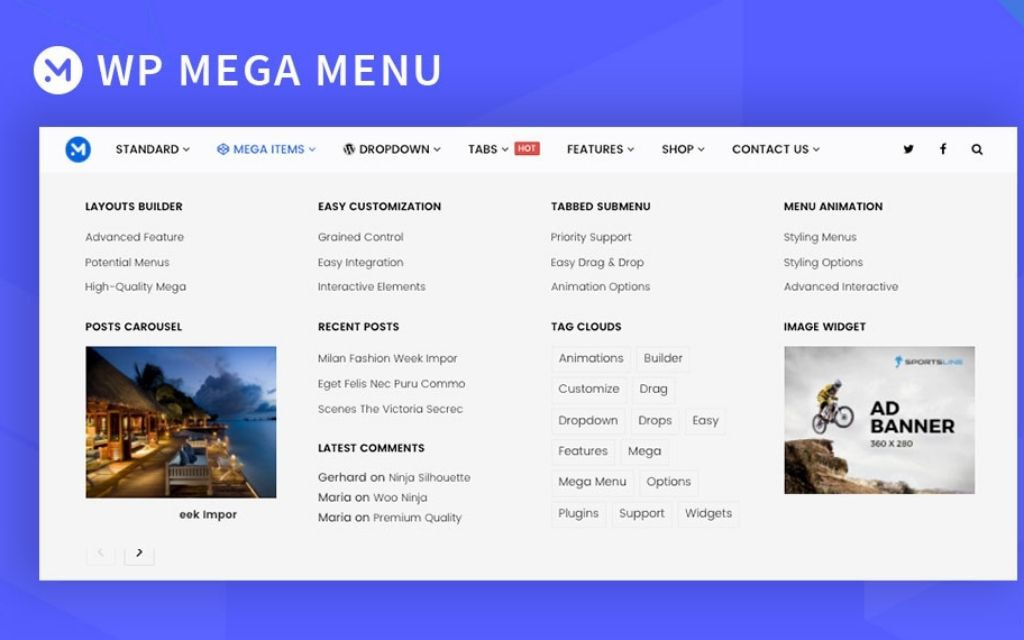
WP Mega Menu – Community Favorite
The plugin includes widget integration options, allowing you to incorporate WordPress widgets directly into your menu structure. This feature proves particularly valuable for e-commerce sites wanting to display product categories, search boxes, or promotional content within their navigation system.
3. Responsive Menu – Mobile-First Solution
Responsive Menu addresses the critical need for mobile-optimized navigation with over 150 customization options. This plugin specializes in creating touch-friendly menus that work seamlessly across all device types. The solution includes built-in animation and transition effects that enhance user engagement while maintaining fast loading speeds.
Theme compatibility represents one of this plugin’s strongest features, working reliably with most WordPress themes without requiring extensive configuration. The plugin automatically adapts to your existing design while providing mobile-specific enhancements that improve user experience on smartphones and tablets.
IV. Premium WordPress Menu Plugins Worth The Investment
1. UberMenu – The Professional’s Choice
UberMenu represents the gold standard among premium WordPress navigation plugins, offering advanced content integration capabilities that extend far beyond simple menu functionality. This plugin supports custom HTML integration, shortcode compatibility, and dynamic content generation based on user roles and membership levels.
The plugin’s pricing model reflects its professional positioning, with licenses starting at $25 for a single site. However, the return on investment becomes apparent quickly for agencies and developers who need reliable, feature-rich solutions for client projects. UberMenu’s extensive documentation and professional support make it ideal for complex websites requiring sophisticated navigation systems.
2. Hero Menu – Drag-and-Drop Excellence
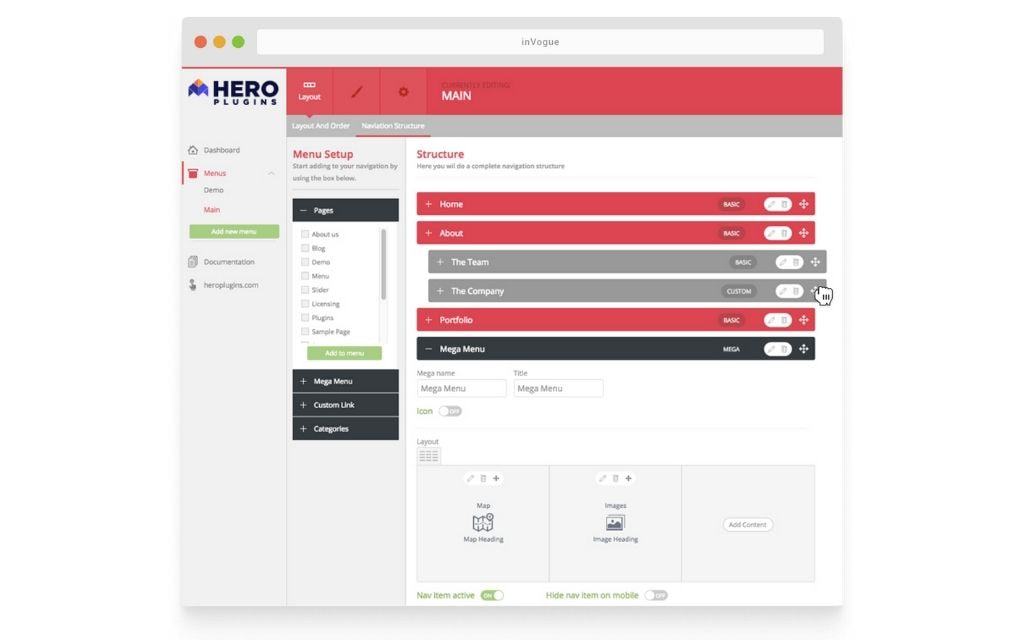
Hero Menu – Drag-and-Drop Excellence
Hero Menu distinguishes itself through its advanced visual builder interface, providing the most intuitive WordPress navigation bar customization experience available. The plugin’s drag-and-drop functionality allows users to create complex menu structures without touching code, while still providing developers with extensive customization options.
WooCommerce integration features make Hero Menu particularly valuable for online stores, enabling product category displays, cart integration, and customer account access directly within the navigation system. The time-saving benefits prove especially valuable for non-technical users who need professional results without extensive learning curves.
3. QuadMenu – Versatility Champion
QuadMenu offers exceptional versatility through its support for multiple menu formats including mega menus, dropdown navigation, and creative vertical layouts. The plugin’s lifetime licensing model provides excellent value for users planning long-term websites, eliminating ongoing subscription costs while ensuring continued updates and support.
The plugin’s WordPress menu plugin with icon support enhances visual appeal while improving user comprehension. Integration with popular page builders ensures compatibility with modern WordPress development workflows, making it suitable for both individual users and professional developers.
V. Specialized Menu Solutions for Specific Needs
1. E-commerce Menu Optimization
WordPress menu plugin for online stores requires specialized features that support product discovery and purchasing workflows. Responsive WordPress navigation for ecommerce stores must integrate seamlessly with WooCommerce, providing intuitive product category navigation, shopping cart access, and user account management functionality.
Effective e-commerce navigation design focuses on reducing friction in the customer journey while highlighting key product categories and promotional content. These specialized solutions often include features like product search integration, cart status indicators, and personalized menu content based on user behavior and purchase history.
2. Creative and Vertical Menu Designs
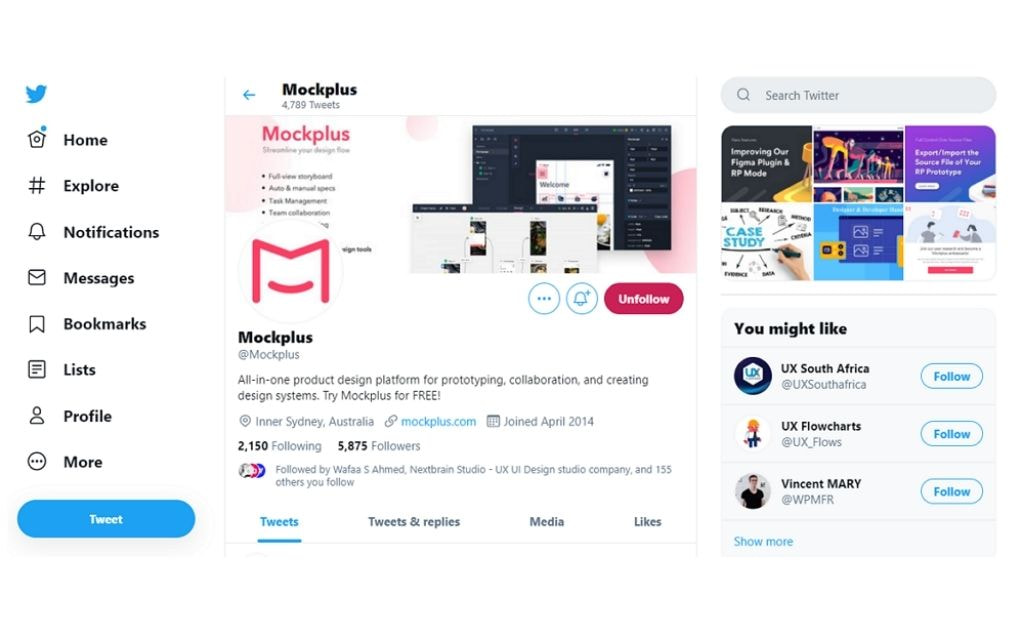
Creative and Vertical Menu Designs
WordPress restaurant menu plugin solutions represent specialized applications requiring unique design approaches. These plugins often support WordPress restaurant menu display plugins functionality, allowing businesses to showcase menu items, pricing, and nutritional information within the site navigation structure.
Creative alternatives to traditional horizontal menu layouts include accordion menu designs, tabbed menu structures, and innovative vertical navigation systems. These approaches help brands differentiate themselves while improving website engagement metrics through unique user experiences.
3. Developer And Agency Solutions
Professional WordPress development requires menu solutions that support white-label implementation, multi-site management, and client presentation capabilities. WordPress menu customization for digital agencies often includes advanced customization options, priority support, and licensing models that accommodate multiple client installations.
These solutions typically provide extensive API access, custom CSS integration capabilities, and documentation that enables developers to create unique implementations while maintaining code quality and performance standards.
VI. Feature Comparison And Selection Guide
1. Essential Features Checklist
When evaluating WordPress menu customization plugins, several essential features determine long-term success. Mobile responsiveness remains non-negotiable, as mobile traffic continues to dominate web usage patterns. The plugin must provide automatic adaptation for different screen sizes while maintaining full functionality across all devices.
Customization depth significantly impacts your ability to match brand requirements and create unique user experiences. Look for plugins that support CSS customization, typography options, color schemes, and layout flexibility without requiring extensive coding knowledge.
2. Use Case Matching Matrix

Use Case Matching Matrix
Small businesses typically benefit most from plugins that balance functionality with simplicity. Free WordPress menu customization solutions often provide adequate features for straightforward websites, while WordPress mega menu plugin options work well for businesses with complex product or service offerings.
WordPress developers and agencies require plugins with extensive customization capabilities, reliable performance, and professional support options. WordPress menu plugin pricing considerations become secondary when client satisfaction and project efficiency are priorities.
3. Budget Planning And ROI Considerations
Investment in premium menu plugins typically pays dividends through improved user experience, reduced bounce rates, and enhanced conversion rates. WordPress menu plugin reviews consistently show that businesses investing in professional navigation solutions see measurable improvements in website performance metrics.
Long-term value assessment should consider plugin maintenance, update frequency, and support quality. Premium plugins often provide better long-term value through consistent updates, security patches, and professional support that prevents costly website issues.
VII. Implementation Best Practices And Optimization
1. Installation And Configuration Guidelines
Proper plugin installation begins with compatibility testing in a staging environment. Before implementing any WordPress menu plugin, verify theme compatibility, test functionality across different devices, and ensure no conflicts exist with existing plugins or custom code.
Configuration best practices include starting with default settings and gradually implementing customizations. This approach helps identify potential issues early while ensuring optimal performance. Always create complete backups before making significant navigation changes, as menu modifications can impact overall site functionality.
2. Performance Optimization Strategies
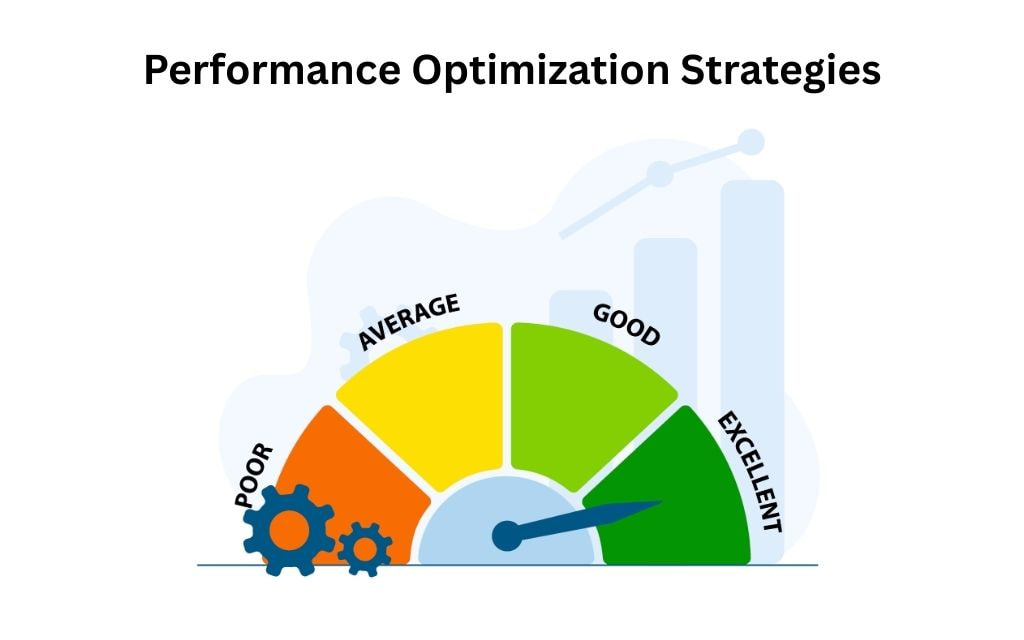
Performance Optimization Strategies
Menu plugin performance optimization requires careful attention to loading speed impact and resource usage. Choose plugins that implement efficient coding practices and avoid unnecessary JavaScript or CSS loading. Monitor website loading speed after plugin installation, making adjustments as needed to maintain optimal performance.
SEO-friendly navigation configuration ensures search engines can effectively crawl and index your site structure. Implement proper HTML markup, use descriptive link text, and ensure all navigation elements remain accessible to search engine crawlers while maintaining user experience quality.
3. Maintenance And Future-Proofing
Regular plugin updates and maintenance prevent security vulnerabilities while ensuring continued compatibility with WordPress core updates. Establish protocols for testing updates in staging environments before applying them to live sites, particularly for critical business websites.
Migration strategies between different menu plugins should be planned in advance, as changing navigation systems can impact user experience and search engine rankings. Document current configurations and maintain backup copies of working menu setups to enable quick restoration if needed.
VIII. Real-World Case Studies and Success Stories
1. Small Business Transformation Examples
A local restaurant implemented Max Mega Menu to showcase their complete menu within the site navigation, resulting in a 35% increase in online reservations within three months. The mega menu format allowed customers to browse menu items directly from any page, reducing friction in the decision-making process while improving overall user engagement.
An e-commerce store selling handmade crafts upgraded from default WordPress menus to UberMenu, implementing product category showcases within dropdown menus. This change resulted in a 28% increase in average order value as customers discovered related products more easily through the enhanced navigation system.
2. Developer And Agency Implementations

Developer and Agency Implementations
A WordPress development agency standardized on QuadMenu for client projects, reducing menu customization time by 60% while improving client satisfaction scores through consistent, professional results. The plugin’s lifetime licensing model provided cost predictability while ensuring all client sites maintained current functionality.
A digital marketing agency implemented Hero Menu across multiple client websites, achieving an average 22% improvement in conversion rates through optimized navigation design. The plugin’s intuitive interface allowed non-technical team members to make menu adjustments without requiring developer intervention.
IX. Frequently Asked Questions
What’s The Difference Between Free And Premium WordPress Menu Plugins?
Free plugins offer basic functionality like simple customization and responsive design, while premium plugins provide advanced features such as drag-and-drop builders, unlimited styling options, WooCommerce integration, and priority support. Premium plugins typically range from $15-30 for lifetime licenses.
Which WordPress Menu Plugin Is Best For Ecommerce Stores?
For ecommerce sites, WP Mobile Menu and Hero Menu offer excellent WooCommerce integration with features like cart icons, product category displays, and mobile-optimized shopping experiences. UberMenu also provides advanced product showcase capabilities within mega menus.
Can I Use Multiple Menu Plugins On The Same WordPress Site?
While technically possible, using multiple menu plugins can cause conflicts, slow down your site, and create inconsistent user experiences. It’s recommended to choose one comprehensive solution that meets all your navigation needs rather than combining multiple plugins.
How Do WordPress Menu Plugins Affect Website Loading Speed?
Menu plugins can impact loading speed depending on their coding quality and features. Lightweight plugins like Max Mega Menu have minimal impact, while feature-rich plugins may add 0.5-2 seconds to load time. Always test performance after installation and optimize accordingly.
Are WordPress Menu Customization Plugins Mobile-Friendly?
Most modern menu plugins prioritize mobile responsiveness, but quality varies. Plugins like Responsive Menu and WP Mobile Menu are specifically designed for mobile optimization, while others like UberMenu and QuadMenu offer comprehensive responsive features as part of their core functionality.
X. Conclusion
WordPress menu customization plugins represent essential tools for creating professional, user-friendly websites that drive engagement and conversions. Whether you choose free solutions for simple projects or invest in premium plugins for advanced functionality, the right menu plugin can transform your site navigation from a basic utility into a powerful business asset.
The plugins discussed in this guide offer proven solutions for various needs, from WordPress dropdown menu creator functionality to comprehensive WordPress navigation plugins for membership sites. Success depends on matching plugin capabilities with your specific requirements while following implementation best practices that ensure optimal performance and user experience.
Ready to transform your WordPress navigation but prefer professional implementation? Temply Studio specializes in WordPress customization and can help you select, install, and optimize the perfect menu solution for your unique needs. Our expert team understands the nuances of different plugins and can ensure your navigation system not only looks professional but also drives measurable business results. Contact our expert team today for a consultation and discover how professional menu customization can elevate your website’s performance.

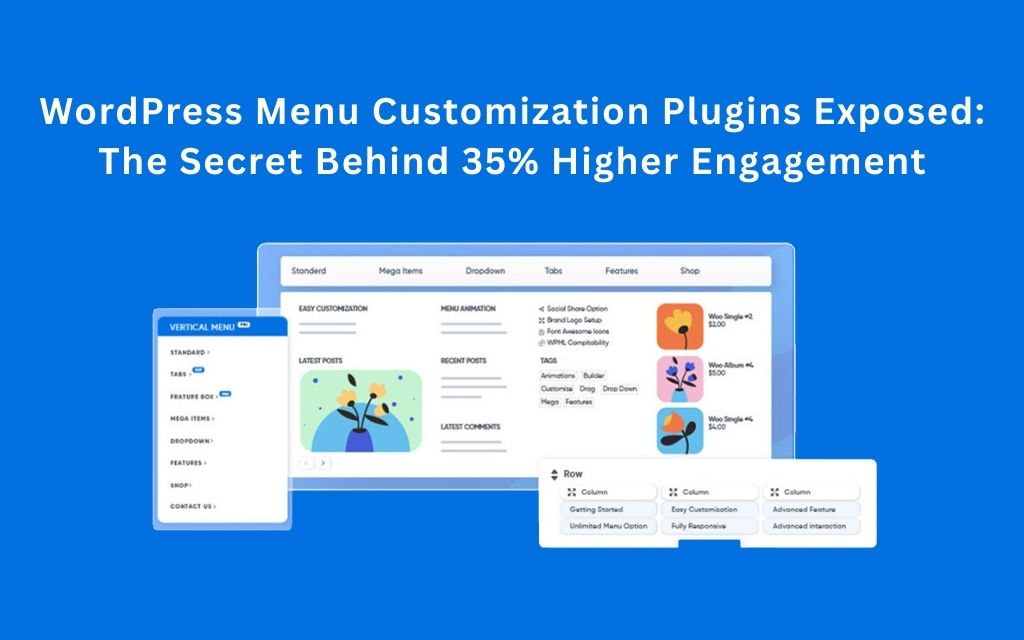
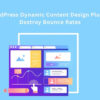
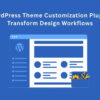


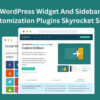


Add comment